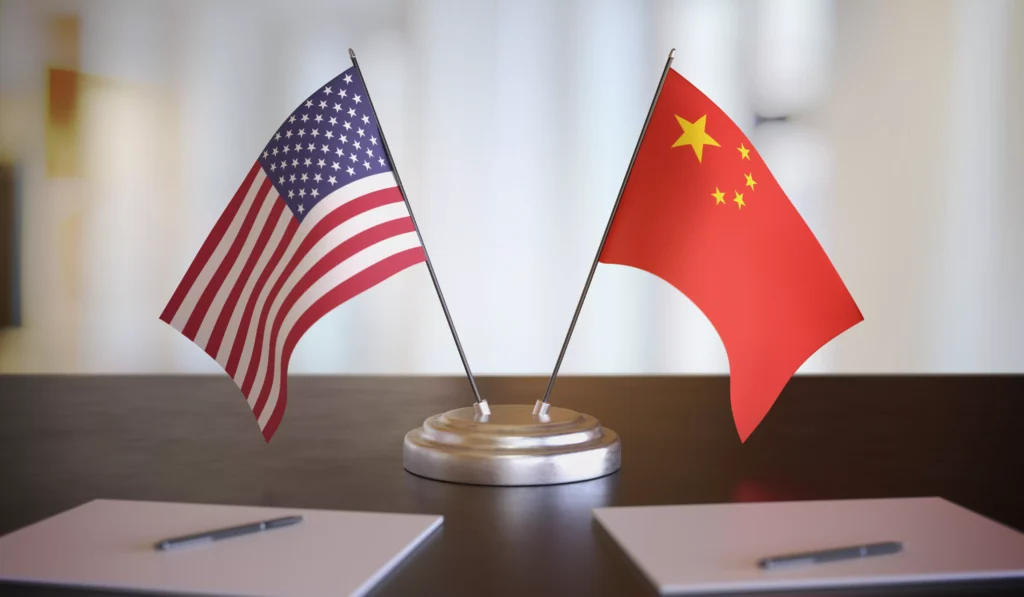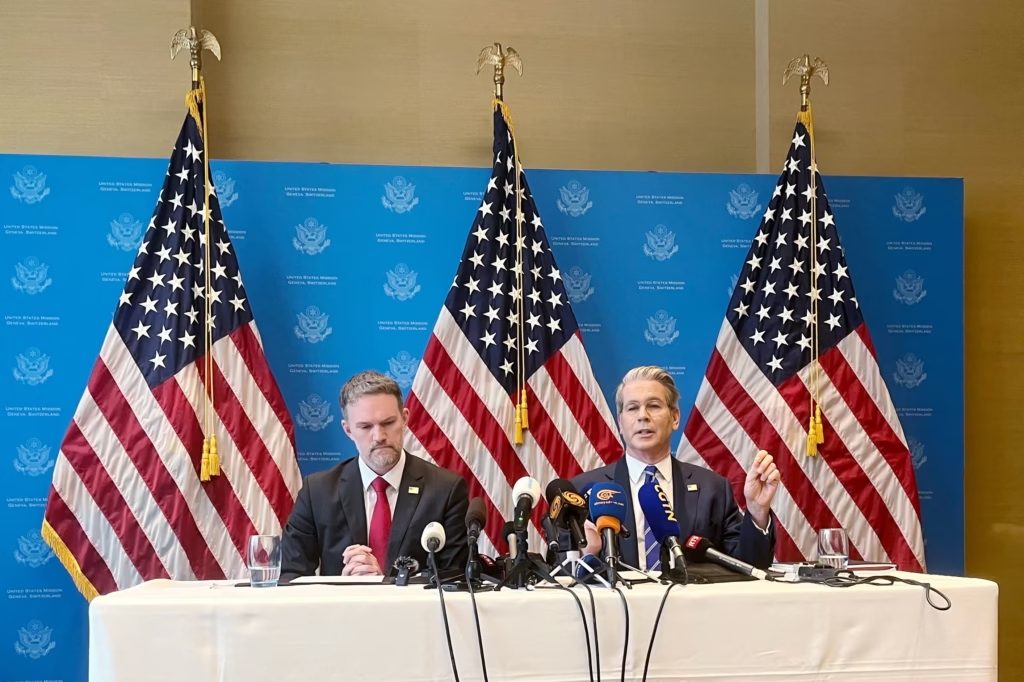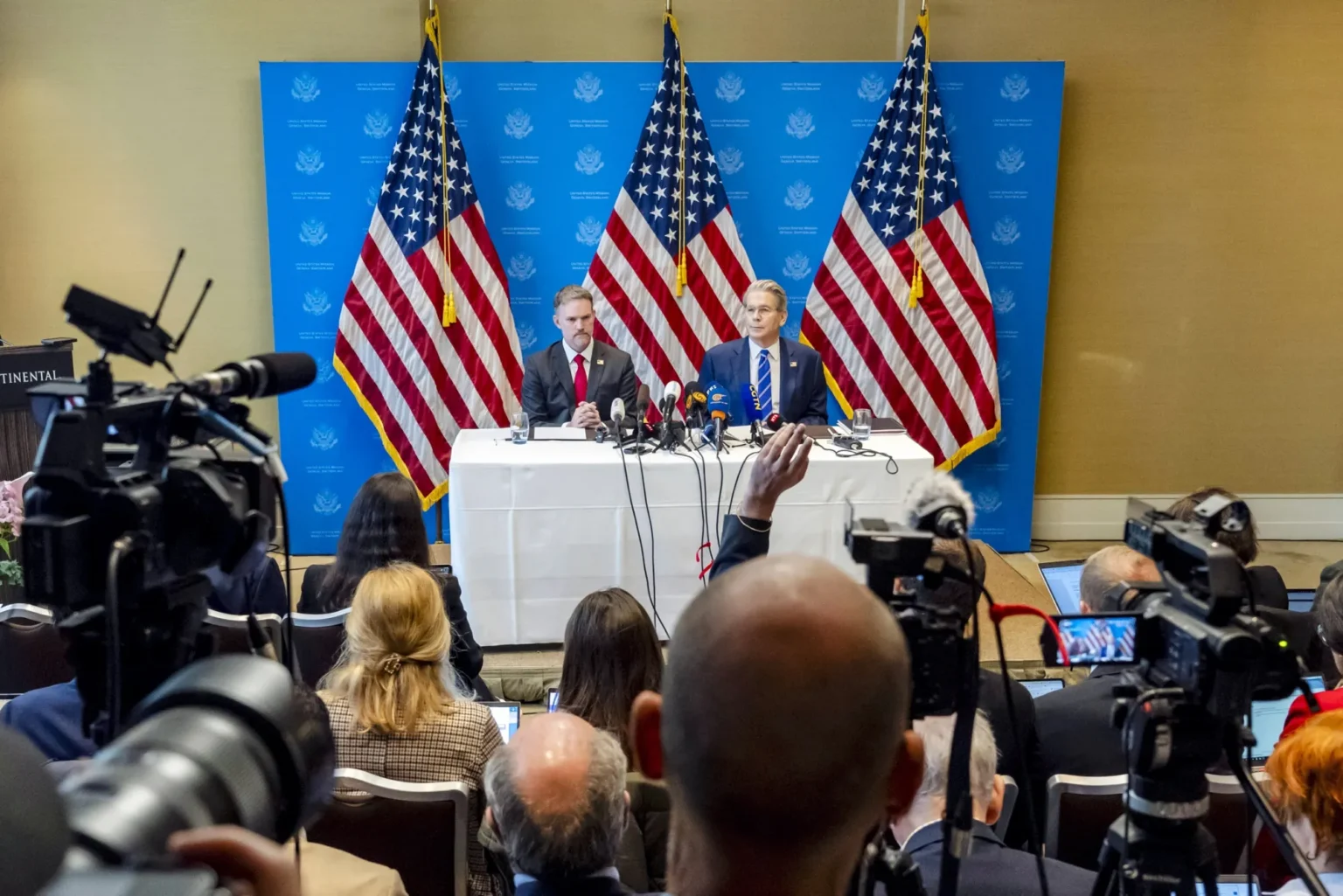US-China Tariff Reduction Agreement Offers 90-Day Economic Relief
The China Tariff Reduction agreement between the US and China marks a significant step forward in global trade relations. Both countries have agreed to cut tariffs on each other’s imports for a 90-day period, easing economic tensions.
This China Tariff Reduction deal comes after a series of high-level negotiations aimed at resolving longstanding trade disputes. The move is expected to help stabilize markets and boost investor confidence.
According to Bessent, both nations will reduce their mutual import duties by 115% for 90 days. Tariffs had reached extreme levels—145% on Chinese imports to the US and 125% on US goods to China. Both countries will now temporarily slash them. Effective from May 14, the US will lower its tariffs to 30%, while China will cut its own to 10%.

Political Pressure and Economic Ramifications of the China Tariff Reduction
While this agreement provides temporary relief, it includes provisions to address broader geopolitical concerns. The US kept measures to pressure China into cracking down on fentanyl exports, a synthetic opioid fueling America’s drug crisis.
The previous tariff policies had a chilling effect on bilateral trade. American ports noted a substantial decrease in shipping traffic from China, raising alarms about supply chain disruptions. At the same time, Chinese factory output fell. Some manufacturers reportedly laid off workers due to a sharp drop in US demand.
A Move Away From Decoupling: The Role of China Tariff Reduction in Trade Relations
Announcing the deal, Bessent emphasized that neither side desires a permanent economic separation.
“The consensus from both delegations this weekend is that neither side wants a decoupling. What had occurred with these very high tariffs was the equivalent of an embargo, and neither side wants that. We do want trade—balanced trade—and I believe both sides are committed to achieving that,” he said.
China’s Ministry of Commerce echoed these remarks, calling the agreement a crucial first step toward “resolving differences” and deepening cooperation. The ministry stressed that the dialogue established a “foundation to bridge long-term divides” in the bilateral relationship.
Market Reaction and Global Sentiment
Financial markets responded positively to news of the tariff truce. Hong Kong’s Hang Seng Index rose by 3%. The Shanghai Composite Index had closed before the announcement but still gained 0.8%. Early signals showed that US stock markets were set to open 2–3% higher. European shares also started the day in positive territory.
Gold prices, which had climbed recently due to investor anxiety, dropped by 3%. The price settled at $3,224.34 per ounce as confidence returned with hopes of eased trade tensions.

Ongoing Dialogue and Future Cooperation
As part of the agreement, both countries committed to continuing discussions to address deeper concerns. Scott Bessent and Vice Premier He Lifeng will lead a newly established mechanism for regular communication between the US and China.
In a joint statement, both governments reaffirmed their commitment to dialogue conducted in the “spirit of mutual opening, continued communication, cooperation, and mutual respect.” They believe that sustained discussions have the potential to resolve longstanding trade and economic issues.




